There are so many delicious Argentina fruit that are exported abroad, but there is nothing like eating them where they grew.
I’ve only spent 3 months in Argentina, and most of it was in Buenos Aires, but it was long enough for the country to make a lasting impression.
30 Amazing Dishes: Argentina Food
The most interesting thing about eating fruit in Argentina is that when you go to the market you must know what are the local fruits and when they are in season.
Imported fruits cost much more, not just because of the transport costs but also the import taxes.
I learned the lesson the hard way with pricey strawberries that arrived from Chile.
And after that I always asked fruit market vendors to point out which fruits were from Argentina.
Local Argentina Fruit
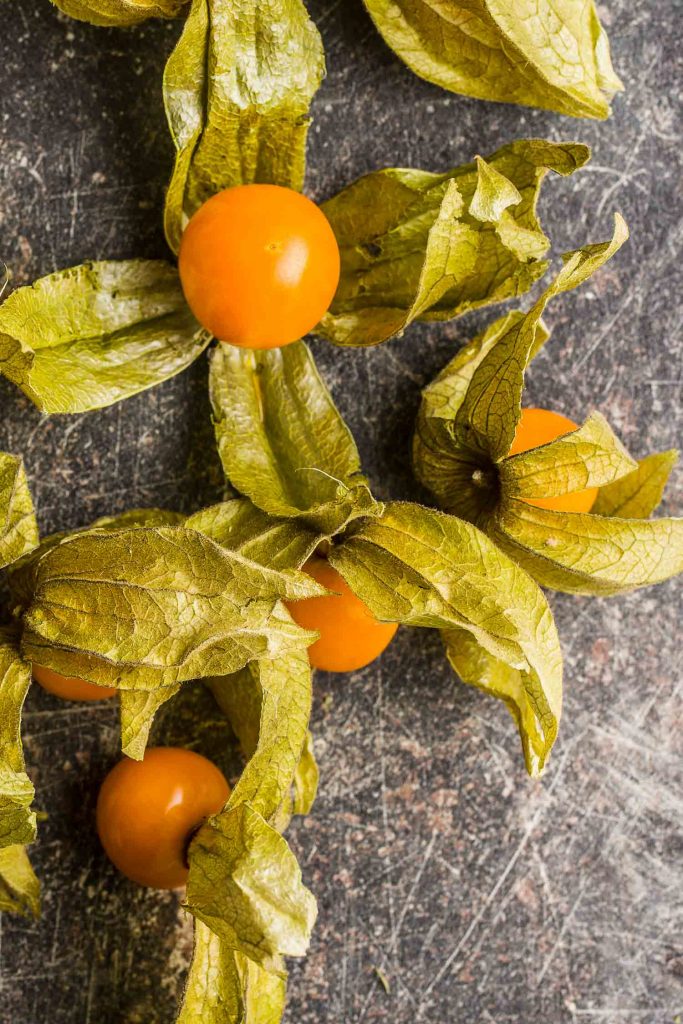
Aguaymanto / Golden Berry
Aguaymanto or golden berry in English is a Peru fruit native to South America and one of the most popular Ecuador fruits.
Golden Berry belongs to the same botanical family as eggplants and tomatoes. Also known as the Peruvian ground cherry or topotopo,
Aguaymanto has edible seeds, waxy skin, and a juicy, slightly bitter, and acidic flavor.
21 AWESOME: South American Fruits
Golden Berry mainly grows in the northwestern part of Argentina, particularly in the provinces of Salta and Juyjuy.
It has been a century-old food source for the Incas which is a good source of vitamins A and C, zinc, iron, and potassium.
Aguaymanto can be eaten alone or can be paired with other sweets. The ripe fruits can also be preserved and used to make jams.
Unfortunately, changes in migration and culture made aguaymanto less appealing to the younger generation.
But you can find it in other continents as it’s a popular Thai fruit known as golden berry.
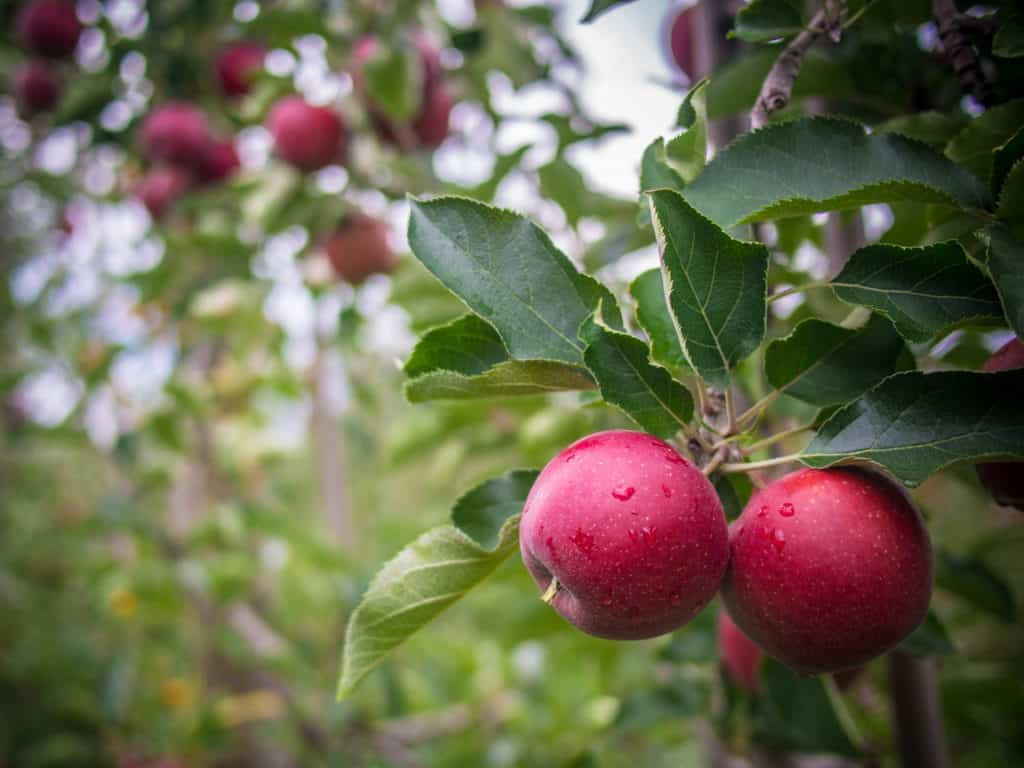
Manzana / Apple
Apple is one of the world’s most popular fruits and is the national fruit of Argentina.
Apples are originally from Central Asia and have been cultivated for millions of years. From Central China, apples were brought to North America by European colonists.
Since then, apple trees have been widely cultivated, making them available in almost cold countries. It’s also one of the most commonly exported Chilean fruits.
MAKE IT AT HOME : Irish Apple Cake
Apples are used to treat cancer, type 2 diabetes, vitamin C deficiency, warts, control diarrhea and softening of gall stones.
Eating an apple a day helps lower cholesterol levels, lowers high blood pressure, boosts brain and digestive health.
This Argentina fruit can be eaten raw and fresh, can be used in cooking, baking, and as preserves.
Bramley apples are the most popular cooking apples in the UK while the Granny Smith variety is favored in the United States and Australia.
HOW TO HOST AN : Argentinean Asado
Chilean Myrtle
Chilean myrtle is an evergreen or small tree with reddish-orange bark with glowy white patches. Its distinct shape and multiple cinnamon barks make it a priced addition to your landscape.
But Luma apiculata or Chilean myrtle is a treasure in western Argentina and Chile.
In Argentina, Chilean myrtle trees are commonly found on river banks, lakes, and forests in Rio Negro, Chubut, Neuquén south, and Arrayanes River in Los Alerces National Park.
The small tree blooms in the summer, displaying clusters of small and white flowers.
The immature flowers are used to cook tortillas and in honey production. While its stems are used by the Mapuche people as juice to fight stomach infections.
Chilean myrtle bears small purple berries that can be eaten raw. It can also be used to make jams, sauces, prepared local liquor, fermented beverages and other refreshing drinks.
Chilean myrtle trees live very long and the oldest tree living tree is 650 years old.
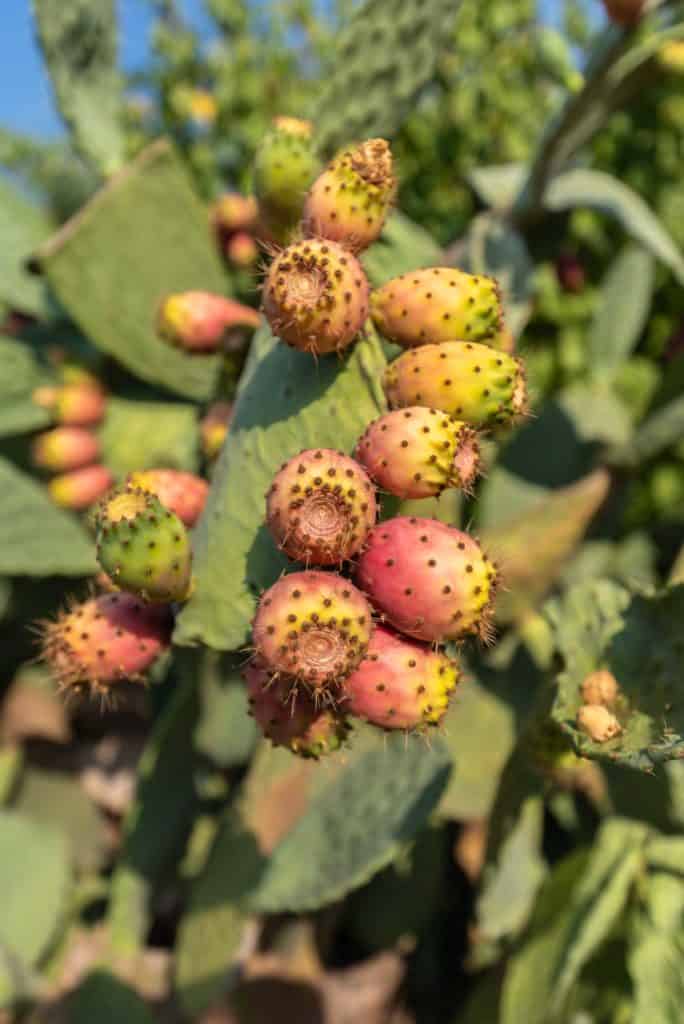
Tuna / Prickly Pear
Chaco prickly pear or Chaco prickly tuna is a cactus said to have originated in Mexico. It then spread throughout Central and South America all the down through to Argentina.
Prickly tuna cacti are not cultivated but grow wild in the northern regions of Argentina.
The cactus grows up to a meter tall with spiny branches measuring up to 15-25cm. From summer to fall, Chaco prickly pear bears pear-shaped fruits: the tunas.
The fruits are covered with small spines with exterior purple color. Tunas are rich in calcium, phosphorus, and other vitamins.
EASY ARGENTINEAN RECIPE : Chimichurri
The tuna fruits are used for wine and vinegar production. Argentina fruits like Chaco prickly pears are also commonly used to make juices, syrup, ice cream, yogurts, jams, candies, and other sweets.
Tuna is not an internationally commercialized fruit but has been part of the indigenous people of Argentina’s diet and is considered a treasure.
Hence it is still cultivated in home gardens and small farms.
Unfortunately, due to the availability of easy-to-grow fruits, prickly pear or tuna consumption has declined over the years.
But you can still find it throughout Latin America and is one of the more exotic fruits in Nicaragua.

Ciruela / Hog Plum
Ciruela, spondias mombin, or also referred to as yellow mombin, is an ornamental and fruit-bearing plant of the cashew family.
Hog plum is native and widely popular in Central America and a common Guatemalan fruit.
The deciduous tree can reach up to 15 meters high while the fruits are small in size of oblong or elongated shape averaging 2-5cm in diameters.
The small fruits have leathery yellow-green to bright red skin.
Ciruela fruits are available all year round and are rich in vitamins A, B, and C, phosphorus, iron, and calcium.
LUNFARDO IN ARGENTINA : Argentinean Slang
Unripe ciruela fruits can be eaten raw paired with salt, vinegar, or sugar to balance their astringent taste or used to make a green sauce.
Ripe fruits on the other hand can be consumed raw, blended to make refreshing drinks, candied, used for preserves, jellies, and jams, boiled to make syrup or ice cream topping.
While it is evident that this Argentina fruit is widely used in cooking, hog plum fruits are also used in traditional medicine to treat diarrhea, relieve sore throat, swollen glands, heal sores, and ease headaches.
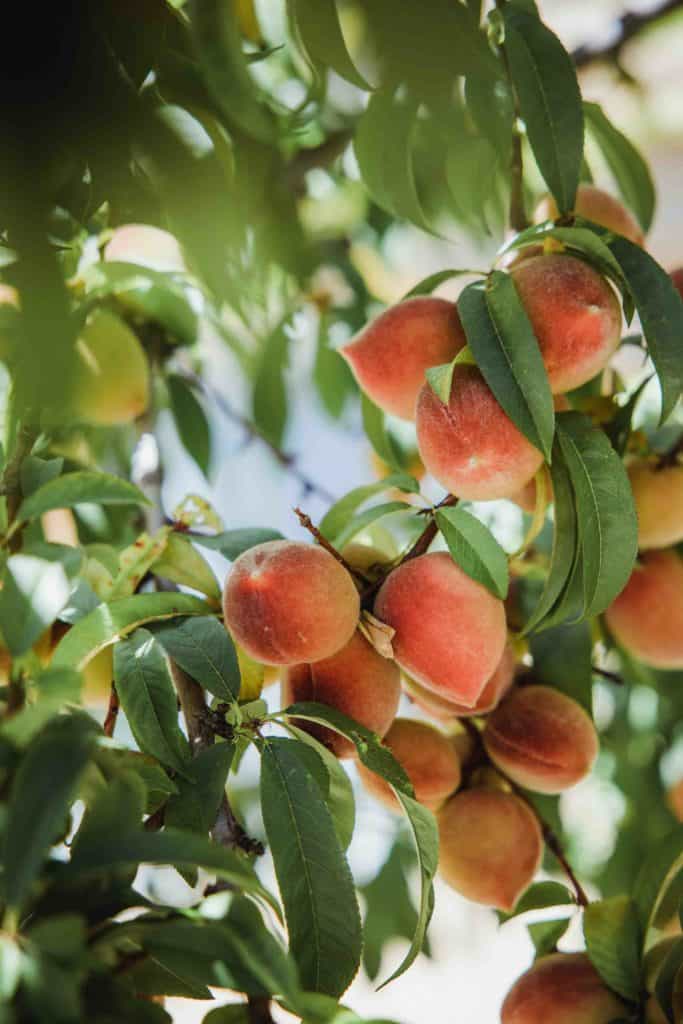
Durazno / Peach
Durazno, peaches, or Prunus persica are drupe fruits and are related to plums, cherries, and apricots.
Peaches are believed to be first cultivated in China between the Tarim basin and the Kunlun Mountains 8,000 years back.
Peaches are available year round but peak season is during the warmer and hotter months. Durazno fruits are round, usually measuring 5-9cm in diameter.
The unripe fruit is green and transforms to yellow, orange, to deep red. Peaches offer an aromatic and juicy flesh with a sweet flavor, balancing sweetness and sourness.
LUNFARDO IN ARGENTINA : Argentinean Slang
The fruits are an excellent source of potassium, iron, niacin, riboflavin, phosphorus, vitamins A and B complex.
Peaches are also a good source of fiber, calcium, a small amount of sodium, and protein.
Peaches can be eaten raw, widely used in processing, baking, and cooking. Fresh peaches are mixed in fruit and green salads, blended into shakes smoothies and cocktails.
Peaches are also ideal for baking tarts, pies, and cakes, preserved in syrup, processed into jams, jellies, and ice creams.
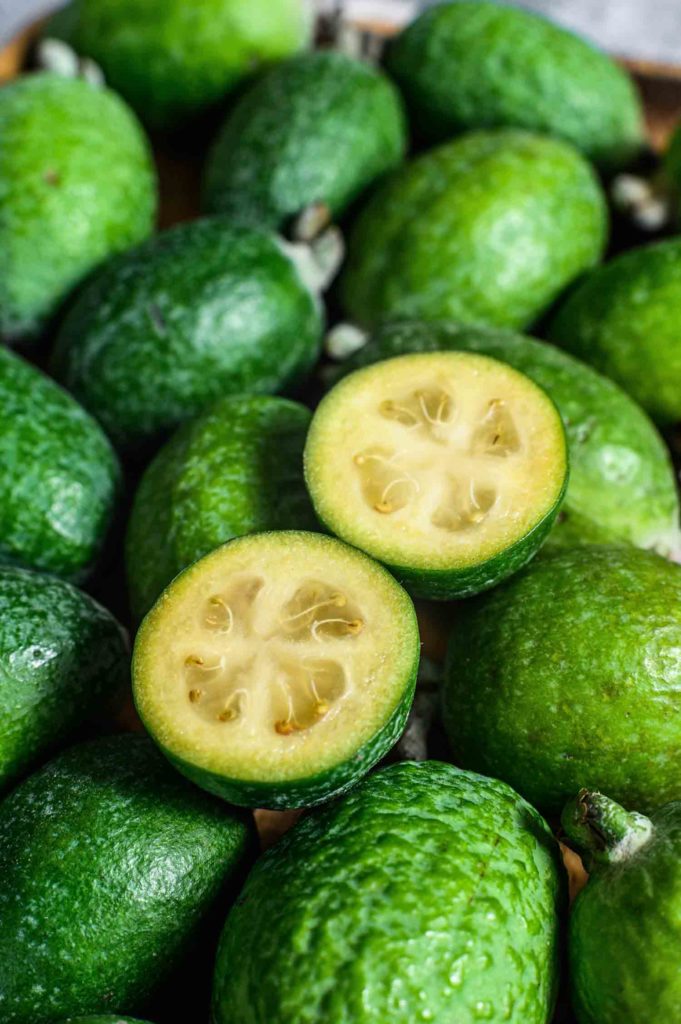
Feijoa / Guavasteen or Pineapple Guava
Not to be confused with Brazilian feijoada, or regular guava in Vietnam, this is also known as a pineapple guava.
They are tropical fruits that are usually green or yellow-green in color in oblong or eggplant-like shape.
This aromatic fruit has a creamy white and granular flesh like a pear. Guavas have a sweet and strong tropical flavor.
Feijoa isn’t a large fruit, it’s about the size of an egg. But it doesn’t change color even when ripe, you’ll need to squeeze the feijoa to know if it’s ready to eat.
When in doubt, ask a local.
The pineapple guava is native to South America particularly in Argentina, Southern Brazil and Uruguay. It’s also a common Colombian fruit, although only found in some regions.
Consuming feijoa regularly provides high amounts of vitamin C, B complex, and A, potassium, folate.
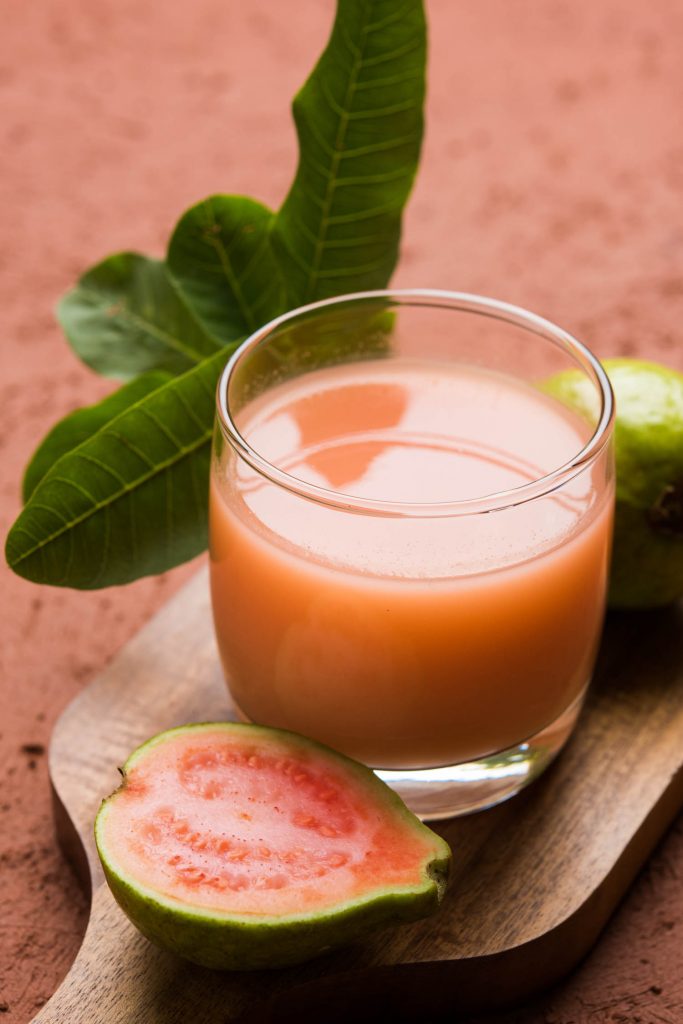
Guayaba / Guava
Guayabas or known as guavas were cultivated in Central and South America. They are now also a common Cuban fruit.
According to archeological excavations in Peru, actual seeds were revealed Guayabas were part of the Pre-Incan diet and culture.
With varying colors from green, yellow, yellow-green, to pink, guavas are small with edible seeds, and a combination of sweet and sour tastes.
It can be eaten alone, raw, sliced, or added to salads. Guavas can also be blended for juices, and other tasty drinks, and jams.
Guayaba is considered a super fruit containing 4x more vitamin C than oranges, vitamin A, vitamin E, vitamin B3, and B6, magnesium, manganese, copper, potassium, and anti-oxidants.
A tea made from boiled guava leaves relieves diarrhea and upset stomach.
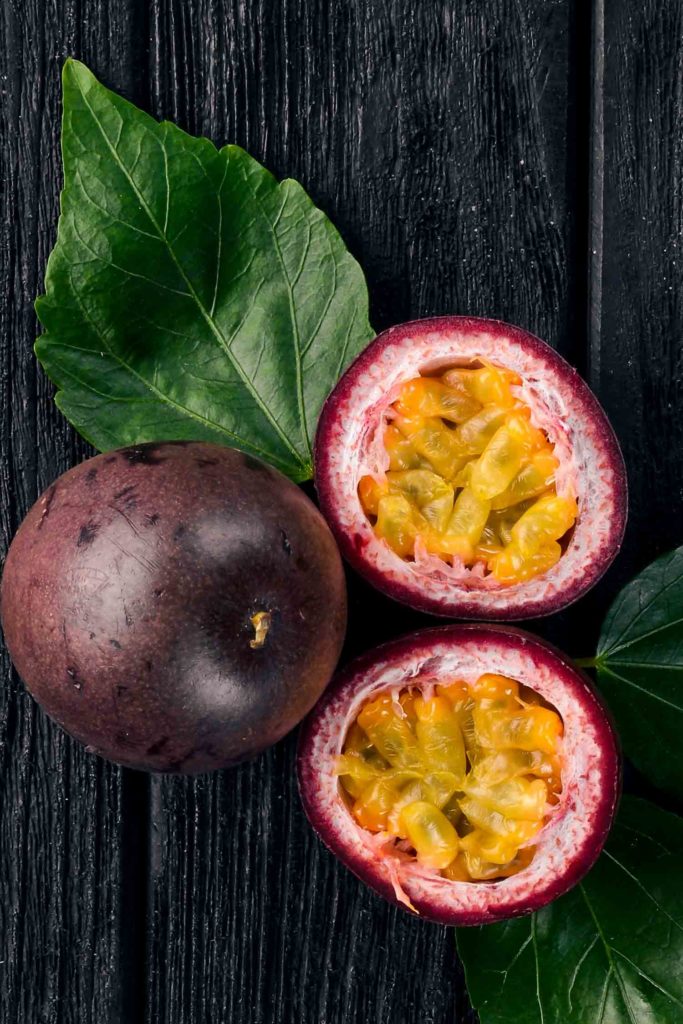
Maracuyá / Passion fruit
Mburucuyá is a specific variety of passion fruit that grows wild in the province of Misiones.
This passion fruit variety produces oval-shaped berries in yellow and purple colors. It is known in different countries as chinola, parcha, or parchita.
21 MOST :
Exotic Fruits Around the World
Passion fruits can be consumed directly or can be processed into juice. Maracuyá is rich in beta carotene, vitamin C, and lots of antioxidants.
Passion fruit is common in Latin America and one of the best tropical fruits in Panama.
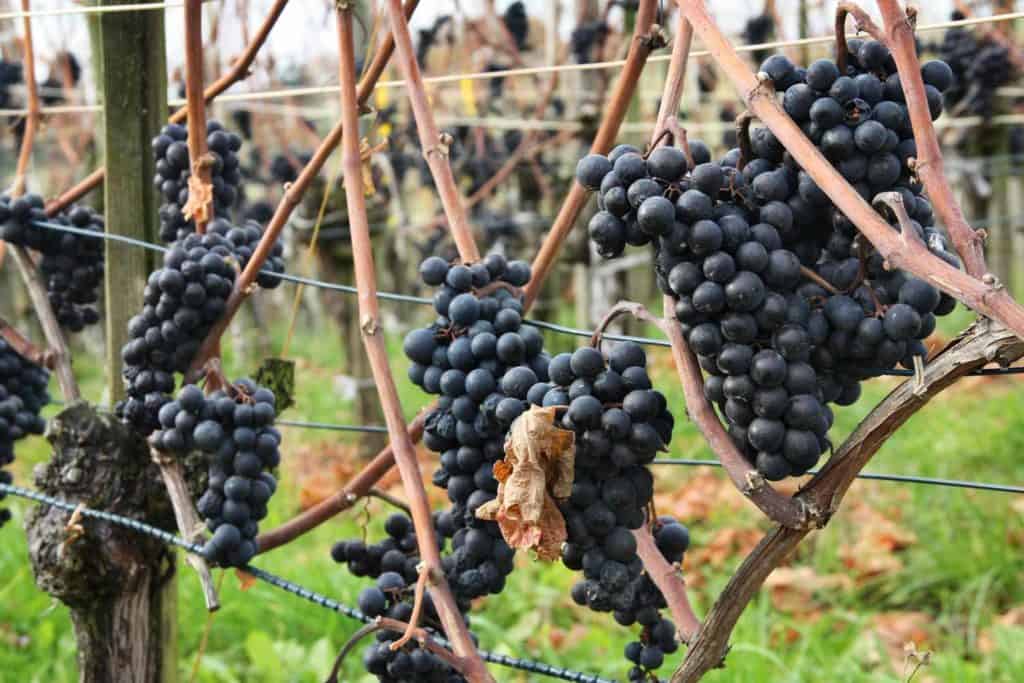
Uva / Grapes
Uva or uva carmona is a small Argentina fruit and has a round to oval shape. It also has a smooth and glossy skin with colors ranging as the fruit matures from green to dark purple.
Grapes are most commonly used for wine of which 40% is exported.
21 UNIQUE AND UNUSUAL : Brazilian Fruits
Uva has a mild acidic and sweet flavor suited for making sauces, preserves, juices, jams, jellies, and compotes. But the fruits can be consumed straight from the tree.
The fruits are also utilized in sacred ceremonial events and medicinal remedies for centuries.
Today, uva is still prevalent in regions of the Andes Mountains.
Just love this list Ayngelina! I can’t get over the quality of fruit in Argentina. Audrey’s family has Durazno trees on their property. Maybe the best jam I’ve ever tried.